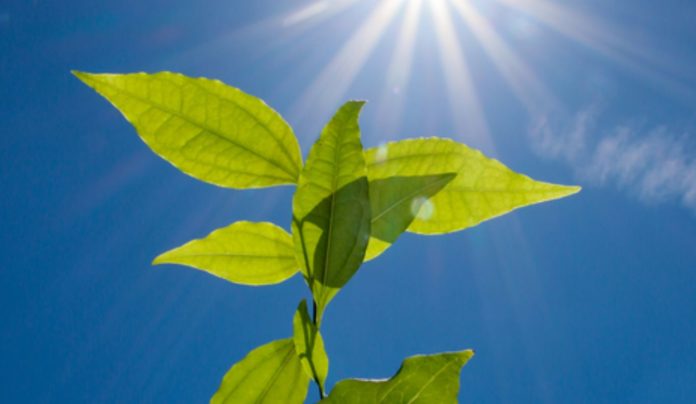Many of us are familiar with strychnine thanks to crime stories, books, or movies. Many of Agatha Christie’s victims died suddenly from strychnine poisoning. In her first book, “The Mysterious Affair at Styles,” she recounted what is arguably the most well-known fictitious murder case using the very poisonous alkaloid used as rat poison.
In his first literary appearance, the legendary detective character Hercule Poirot discovered the final clue to solving the case.
Even in science, sometimes you have to use your investigative instincts and work like a detective.
The Department of Natural Product Biosynthesis researchers led by Benke Hong and Sarah O’Connor had to not only identify the one missing link, but also trace the full series of biosynthetic activities that result in the production of strychnine in the poison nut tree. In the language of crime novels, you could say, They’ve solved the case!
In the 1940s, Nobel Prize-winning chemist and strychnine structural elucidator Robert Robinson described this monoterpene indole alkaloid as the most complicated chemical compound in terms of its molecular size.
The strychnine molecule’s architecture piqued the interest of many chemists, who went on to invent chemical synthesis processes to create this molecule. Surprisingly, nobody has yet been able to figure out how plants make this natural substance.
Now, Benke Hong’s team has taken on this huge job: “Our key question was how to find the genes responsible for the biosynthesis of strychnine in the poison nut.”
In order to compare the expression of genes from two species of the same genus (Strychnos), of which only the poison nut tree produces strychnine, they first analyzed the transcriptomes of those two species. “We selected candidate genes for each step based on the proposed chemical transformation, which we did not know was correct or not,” Benke Hong adds.
The medicinal plant Catharanthus roseus (Madagascar periwinkle), which is also being researched in Sarah O’Connor’s department, has fully elucidated the upstream genes of strychnine biosynthesis to the formation of an important intermediate (geissoschizine), and the homologous genes have been identified in the poison nut tree.
In order to make any further headway, it was necessary to have the skill of a detective in connecting molecular and genetic evidence, a process that scientists refer to as “chemical logic.” “You could say that chemistry guided the discovery of the genes in our study. Based on chemical structures and mechanisms,” according to the author, “each step in the metabolic pathway yielded a proposed chemical transformation. In turn, our speculations about the biosynthetic enzyme families with catalytic functions were based on the chemical reaction of each step.
Using genetic engineering, the researchers were able to temporarily induce tobacco plants (Nicotiana benthamiana) to manufacture the Strychnos enzymes as proof that the identified genes were responsible for the postulated biosynthetic processes.
They next looked into whether the hypothetical product was made by the altered tobacco plant after adding the proper feed components. This approach facilitated high-throughput testing of numerous genes at once, which decreased the amount of time needed to complete the puzzle.
The final step of strychnine biosynthesis, the conversion of prestrychnine to strychnine, was mediated by a matching enzyme that the researchers were unable to identify. Instead, they discovered that this conversion happens naturally, without the aid of an enzyme.
As is sometimes the case with both science and investigative work, luck saved the day: “The spontaneous conversion of prestrychnine to strychnine is a chance discovery. It requires several intermediate steps, and we initially thought that this process must be catalyzed by one or more enzymes. In fact, we have studied many enzymes, but none of them was reactive. Surprisingly, one day I found that a prestrychnine sample stored at room temperature on the lab bench had slowly converted to strychnine over time,” adds Benke Hong.
With the last step completed, researchers could reveal the whole biosynthetic pathway of strychnine, brucine, and diaboline.
While diaboline is created by a similar species of the genus Strychnos that does not produce either strychnine or brucine, brucine is also produced by the poison nut. Notably, the researchers also found that the variation in alkaloid accumulation between the poison nut and other Strychnos species may be explained by a single amino acid alteration in one of the synthesizing enzymes.
The understanding of plant metabolite production and the biotechnological application of the genetic foundation for the generation of medicinally significant plant chemicals in model plants are attractive areas of research.
With the help of “metabolic engineering” techniques, the current study opens up new opportunities for the production of as-yet-unknown plant natural products.
Image Credit: Danny Kessler, Max Planck Institute for Chemical Ecology
You were reading: New Study Reveals Mystery Behind One Of The World’s Most Famous Natural Poison
